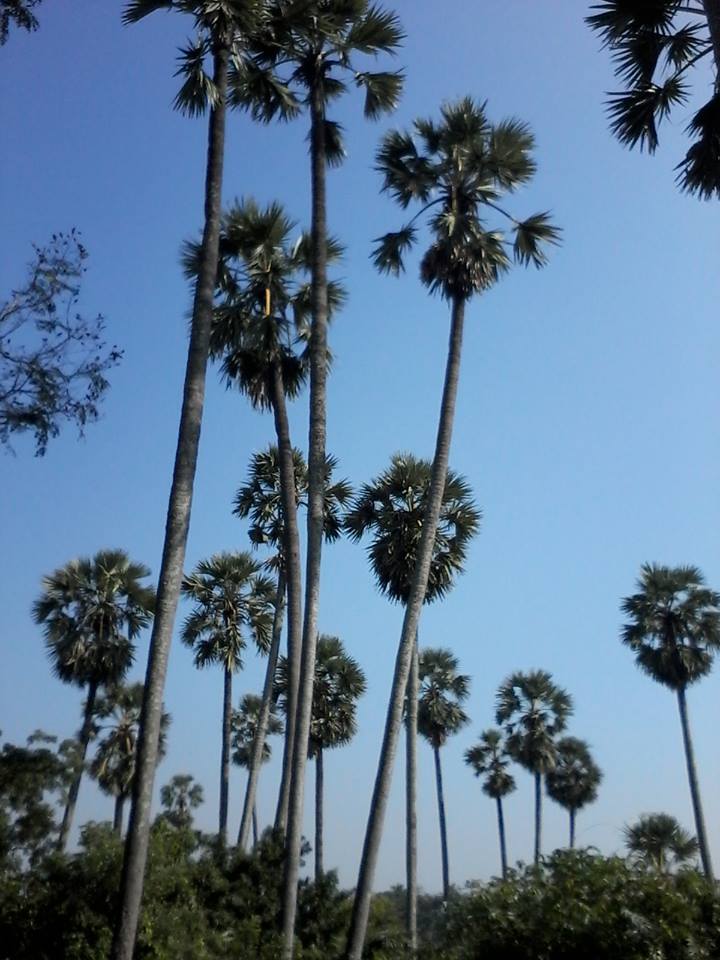Palm tree

In India, especially in the southern part, for many thousands of years, Palm tree has played a major role in agriculture and handicraft. From its root to pith to its tender leaves each part has immense use.
A Tamil poem called ‘Thalavilasam’ written byThirukudanthai Arunachalam, portrays the 801 uses of this tree, which shows how elaborately this tree has influenced ancient India!
Palm sugar was one of the important export item from India a few centuries ago when the East India Company was functioning in India.
Till, about 150 years ago, until British induced the influx of white cane sugar, palm sugar was the staple sweetener used by Indians. Because of Palm Sugar’s rich calcium, iron and vitamins, the bone strength and general health of people was good. After the change in this food habit, the Indian population fell into severe malnutrition and anemia. Today every 3rd malnutritioned child is an indian child. 3 out of 5 Indian women living in village is anemic.
Benefits of palm tree:
The palm leaves used to make palm mate. At present the cost of a mate is Rs 11 per mate. The ladies in my village can easily make around 7-10 mates per day making an earning of Rs 77 to 110. This income is sufficient for a family to live in villages. This is an additional income along with their cultivation.
The midrib cane, an extension from the tree to the leave costs Re1 per piece. Men at villages used to arrange at least 100 midrib canes per day after separating the palm leaf. This can also be added to their family income. The coir industry workers come to our village to collect the raw materials for coir from the palm tree. They take hundreds of trees on lease for few months. After collecting the raw materials for coir they give the lease amount to the owner of the palm plantation . This can also be an additional income for the family though this is very low.
Palm fruit can be obtained from palm tree which is a tasty fruit. This fruit can be consumed either by burning or by boiling. Eventually, the palm tree can be sold for wooden use for making pillars or beams for the construction purpose
The palm sticks which are widely used for making brooms.
A sweet drink produced from palm tree which used to make jaggery. This require lot of hard work to collect sufficient amount of at least 10 litres of palm sweet juice from around 10-15 trees. Climbing up of 10-15 trees to collect the sweet palm juice is really a tough job. Approximately 6-7 mud pots are placed at the top of each tree. The flowering part is tied together and a small slice made on it from where the sweet palm juice dripping drop by drop into the mud pots. Finally around 1/4 litre of the juice can be collected from one mud pot in a day. This sweet juice is used to make palm jaggery. At present one kilogram palm jaggery costs Rs 80/-. A family of four or five members can make 5 kg of jaggery per day. This is really a good income for their family.